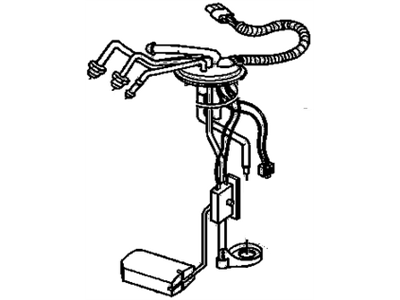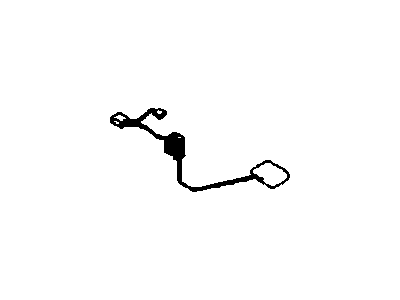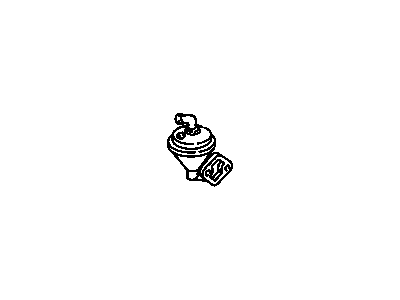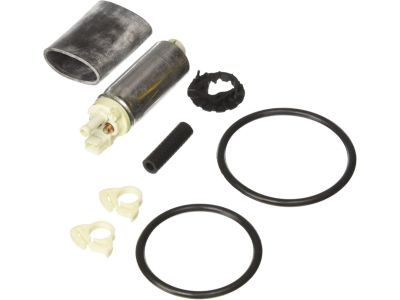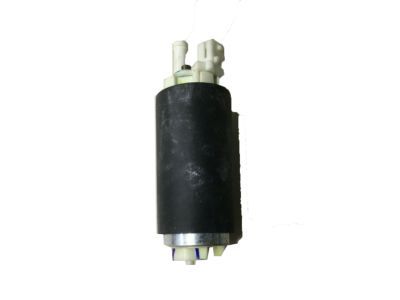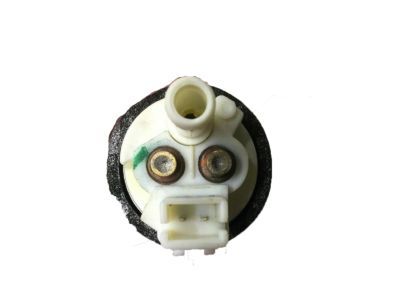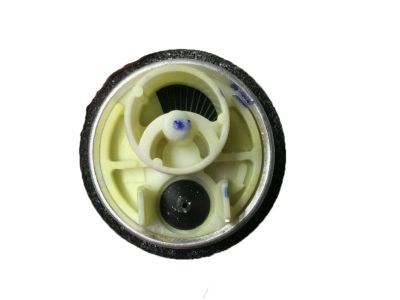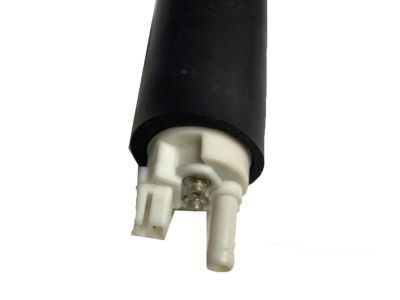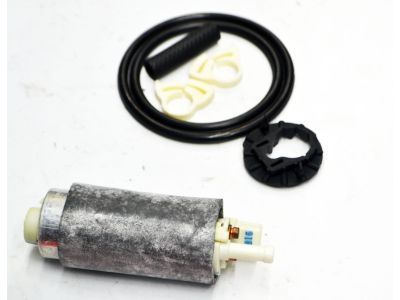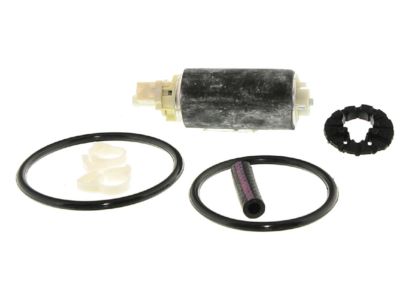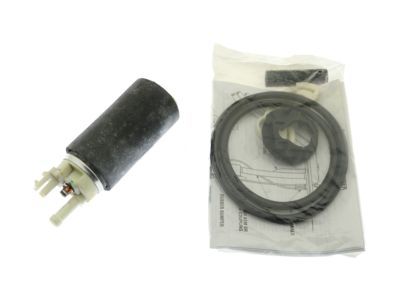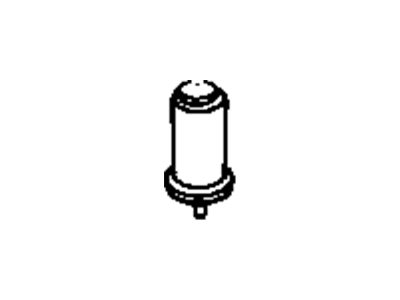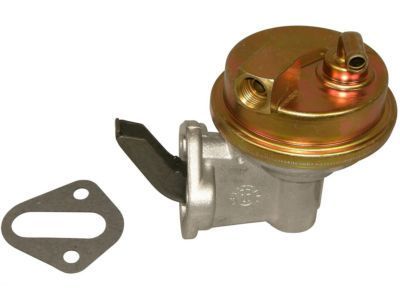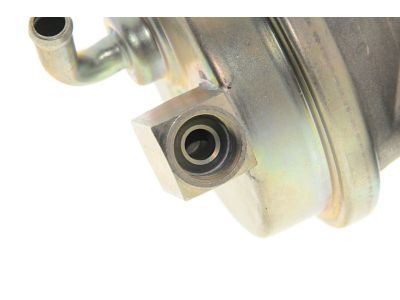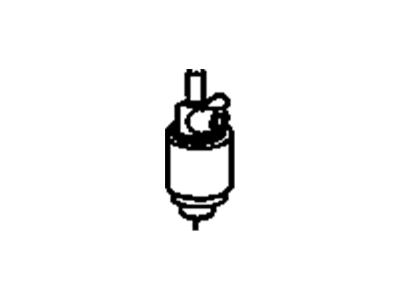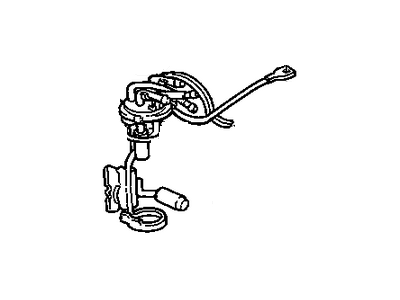
My Garage
My Account
Cart
Genuine GMC Jimmy Fuel Pump
Gas Pump- Select Vehicle by Model
- Select Vehicle by VIN
Select Vehicle by Model
orMake
Model
Year
Select Vehicle by VIN
For the most accurate results, select vehicle by your VIN (Vehicle Identification Number).
16 Fuel Pumps found
GMC Jimmy Fuel Tank Fuel Pump Module KIT
Part Number: 19331280$299.85 MSRP: $557.14You Save: $257.29 (47%)Ships in 1-2 Business DaysGMC Jimmy MODULE KIT,F/TNK F/PMP
Part Number: 19369940$267.21 MSRP: $546.72You Save: $279.51 (52%)Ships in 1-2 Business DaysGMC Jimmy Fuel Tank Meter/Pump SENDER KIT
Part Number: 25180099$524.34 MSRP: $1048.30You Save: $523.96 (50%)Ships in 1-2 Business Days
GMC Jimmy Fuel Pump
The Fuel Pump is one of the important components in the GMC Jimmy automobile specifically for the pump of fuel to the carburetor or the fuel injection system. Electric pumps are creative in fuel injection systems and are generally installed inside the tank. In carbureted engines there is Mechanical pumps which are driven by the camshaft and they keep on replenishing using float value. Mechanical pump pressure is around 15 psi, while the electric ones can build pressure to 40-60 psi or even more, thus more suitable for today's high-pressure fuel injection. Electric pumps also include some benefits such as fuel immersion cooling and risks of fire possession. So, let's define the horsepower that the car requires, what fuel volume is needed for its work, and then select the most appropriate fuel pump. Periodic check-up and servicing of the fuel pump are advised so as not to fail because of the fuel impurities or the bad connection to the electrical circuit.
Each OEM GMC Jimmy Fuel Pump we offer is competitively priced and comes with the assurance of the manufacturer's warranty for the part. Furthermore, we guarantee the speedy delivery of your orders right to your doorstep. Our hassle-free return policy is also in place for your peace of mind.
GMC Jimmy Fuel Pump Parts Questions & Experts Answers
- Q: How to remove the fuel pump/sending unit assembly on GMC Jimmy?A:Start by relieving fuel system pressure and detach the cable from the negative battery lead to remove the fuel pump/sending unit assembly. Afterwards, remove the Fuel Tank and gently tap on the locking cam until tabs co-align with recesses that will release the assembly. Lift it out of its place in the tank, moving any necessary components over to a new fuel pump module assembly. For models produced 1995 or earlier, eliminate strainer from bottom part of fuel pump and clean/replace if needed. Unplug electrical connector and disengage fuel pump from assembly. To install, reassemble the sending unit bracket assembly back onto the fuel pump as well as insert an assembly into a gas tank and finally put back all parts of fuel tank.
- Q: How to check the fuel pump output and pressure on GMC Jimmy?A:To check the fuel pump output and pressure, relieve the fuel pressure. Next, Install a fuel pressure gauge on the fuel rail, location varies depending on the system. Turn the ignition switch on without starting the engine and note the reading on the gauge as the fuel pump runs for about two seconds. The pressure should hold steady within the specified range. Start the engine and let it idle at normal operating temperature, with the pressure expected to be lower by 3 to 10 psi. If the pressure does not drop as expected, apply a vacuum to the pressure regulator and if it drops, repair the vacuum source or replace the regulator. If the pressure is not within specifications, check for a vacuum to the regulator or a pinched/clogged fuel return hose. If the pressure is still low, change the fuel filter and if it remains low, install a fuel line shut-off adapter to test the regulator. If the pressure is still low with the return line restricted, there may be a leaking injector or a faulty fuel pump. To check the fuel pump's electrical circuits, verify that the pump runs by listening for a whirring noise when the ignition switch is turned on and when the engine is started.
